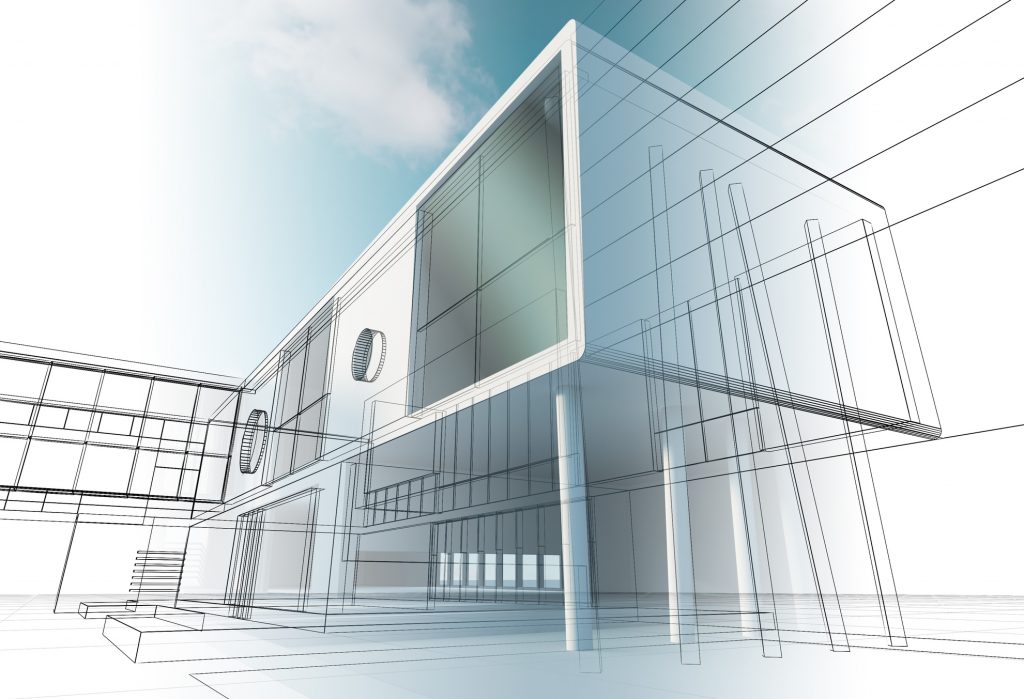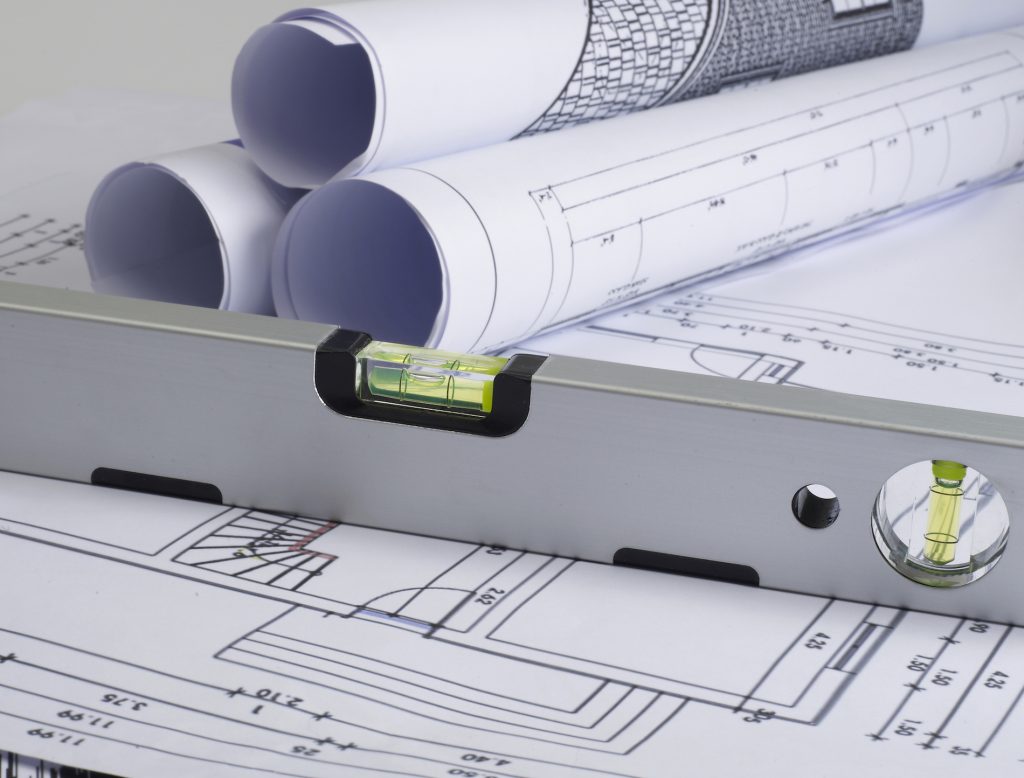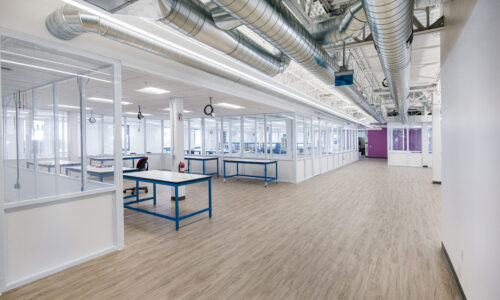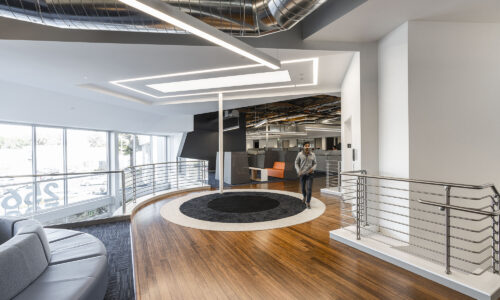
Designing with Construction in Mind: How Construction Can Help Bridge the Gap between Building Design and Project Groundbreaking
How many times have you designed a beautiful building only to find that the design does not meet the contractor’s specifications? Architects are often faced with this scenario, and it can cause serious tension between the architect and the contractor. Architects want contractors to bring their design vision to life in the actual construction, but sometimes this just is not possible based on the realities of the construction space and constraints placed on the contractor.
However, this does not have to be the case. By understanding the process through which a contractor brings an architect’s vision to life, architects can better work to adapt to the needs of each project much earlier in the design process. This creates a win-win environment where the architect can adjust elements of his or her vision in order to make the design more feasible, and the contractor can better bring that vision to life.
Bringing the Vision to Life: An Architect’s Perspective on Design

When it comes to building design, architects have an essential job. Their principal responsibility is to create an aesthetically pleasing and effective building design that meets the client’s expectations. Often, an artistic vision will drive an architect’s design decisions, but architects are not just designers concerned with style. They are problem solvers working to develop a design that meets the client’s needs to be both practical and aesthetically appealing.
When architects hand their project design over to the contractor, they want their whole vision to become a reality, not just pieces of it. Construction constraints, building codes, and budgets sometimes make this impossible, requiring architects to adapt to the demands of the project as they develop. As a result, tension can develop between the architect and the contractor. However, approaching design and construction as one integrated process from the beginning can avoid tension. Design-build is a project delivery method by which the designer and contractor work together in a unified workflow from concept through completion. With this method, the contractor is more likely to fully realize the architect’s vision, bringing it to life in its entirety.
Most Important Construction Design Principles to Consider during the Design Phase

By learning what is important to contractors, architects can work to consider these factors during the design phase of a project. Here are three principles that have a significant impact on the construction process:
-
Budget and Time Management
Cost is arguably the most important aspect of any construction project. This can impact and be impacted by other aspects of the project such as scope, schedule, quality and the stakeholders’ bottom line. Contractors aim to plan the budget accurately and maintain this accuracy by comparing estimated costs with actual costs, and then making adjustments as necessary. With this in mind, factoring cost into the design process is one of the most effective ways that architects can help contractors manage budgetary constraints during the construction phase. This consideration allows contractors to identify and adjust potential budget overruns early in the project, avoiding bigger problems later.
Time management also plays a significant role in managing construction projects. Poor time management can result in significant delays of project completion. An important part of managing time is assessing risks and adjusting the plan accordingly to accommodate unforeseeable events. This requires the architect and the contractor alike to anticipate and control common risks such as scheduling conflicts or price increases, while also planning for unforeseen events such as accidents or natural disasters. Though there are many opportunities for something to go wrong on the construction site, these issues can be mitigated by architects planning ahead during the design phase and contractors making adjustments as the project unfolds.
-
Productivity and Efficiency
No two construction projects are alike. This means that there is no one measure that can be used to accurately gauge the productivity of a construction project. Instead, contractors work to regularly compare actual performance with target performance, helping them to identify processes that are slowing down productivity and to find effective solutions that improve efficiency. Actual performance is more likely to be in line with target performance if the project benchmarks are considered by the architect during the design phase.
Some important design factors to consider are optimum value engineering, clear specifications, and availability of materials. By designing with construction efficiency in mind, architects will assist contractors in staying on time and on budget so that they can operate efficiently and consistently hit productivity goals.
-
Delegation and Resource Management
Another factor in ensuring the success of a construction project is the effective delegation of tasks and management of resources. Choosing the right people for the right tasks is a vital and sometimes difficult process. A contractor may need staff with a certain skill set or expertise to work on concurrent projects at multiple construction sites making it vital for the project manager to be aware of each staff member’s capabilities and workload.
Resource management goes beyond just construction staff, though. It also includes the management of building materials for maximum efficiency, keeping the project within budget and on schedule. Again, this can be more difficult than it sounds as contractors need to manage resources across each phase of a project, which requires planning ahead to ensure the availability of materials. By factoring in the sourcing and distribution of resources, architects can help alleviate the burden placed on contractors. Understanding how a contractor might allocate a project’s resources will result in a more seamless construction process.

Working Toward a Seamless Construction Process
Having a grasp on these important construction design principles enables architects to design a more effective project. By keeping these construction principles in mind, architects help usher in their own vision—from the design phase to project groundbreaking.
Download Your FREE Guide Today
Understanding how a general contractor works can sometimes feel like a major feat. From understanding how a contractor approaches a project, to knowing how to work together in the smooth execution of that project, there are many nuances to the architect-contractor relationship. Luckily, South Bay Construction has developed a FREE guide on how you can better understand the construction industry. FIELD NOTES: AN ARCHITECT’S GUIDE TO CONTRACTORS is your all-encompassing guide to everything general contractors want architects to know about the construction industry. With this guide, you’ll learn how to communicate with a general contractor, how to stretch a budget, and the key principles to making your next project run more smoothly and efficiently. To acquire your FREE copy, click on the link below.



